0 x item(s)
R30286 WSL Hornby Class 2P 4-4-0 Steam Loco 46 S&DJR Blue
The LMS 2P class locomotive, designed by Sir Henry Fowler for light passenger work, had its origins in the Midland Railway's 4-4-0 483 Class designed by Samuel Johnson and modified by Richard Deeley. Introduced post-grouping in 1928 the 2Ps dimensions were modified from the 482 class and the boiler mountings reduced.
Between 1928 and 1931, 128 2P locomotives were produced at either Crewe of Derby Locomotive Works. The locomotive layout was a basic and well proven two inside frame cylinder design, characteristic of the Midland Railway's design philosophy.
In addition to being employed by the LMS, three of the locomotives, numbers 44-46 were allocated from new to the Somerset and Dorset Joint Railway (S&DJR) however once the LMS assumed responsibility for the motive power on the line in 1930 they were absorbed into the LMS fleet as numbers 633-635.
Where loads dictated, 2Ps were often run double headed primarily as the LMS had a shortage of larger heavy duty or express locomotives to serve such services.
Typically painted in basic clack livery by the LMS, other colour schemes did prevail. The S&DJR locomotive were painted in Prussian Blue and in later BR days the locomotives were appropriately lined out for mixed traffic working in accordance with British Railway policy.
Their use on the steeply graded S&DJR between Bournemouth West and Bath Green Park was a particularly interesting development, given their larger 6ft 6½in diameter driving wheels were not considered ideal for such lines.
All but two of the locomotives would make it into BR service with the final 15 scrapings taking place in 1962. No members of the class were preserved and as of 2022 there is no new build project underway for the 2P.
Locomotive number 46 was delivered straight to the Somerset and Dorset Joint railway in 1928, being painted into the 'Prussian Blue' livery with SDJR lettering. After amalgamation onto the LMS fleet in 1930 the locomotive would be renumbered to 580, and then to 635 in 1934.
On entry to BR service the locomotive would become 40635. Withdrawn in 1961, the locomotive would be stored at Llandudno Junction throughout 1962 before being scrapped in June 1963.
The Hornby 2P is a perfect tender engine for someone who has only ever had tank engines. This model is fitted with a three pole motor and gearing allowing for good slow speed performance. The models driving wheels are fitted with traction tyres increasing the tractive effort of the model allowing for more wagons to be hauled.
Related Products
-
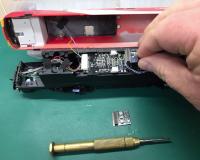
DCC Decoder Fitting Service for DCC ready locomotives
-
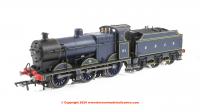
R30285 WSL Hornby Class 4F 0-6-0 Steam Loco 61 S&DJR Blue
-
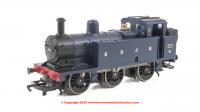
R30316 WSL Hornby RailRoad SDJR Class 3F Jinty No. 20
-
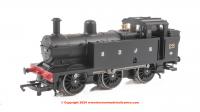
R30325 WSL Hornby Railroad SDJR Class 3F Jinty No. 25
-
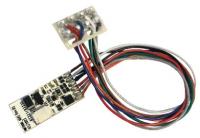
R7335 Hornby HM7000-8: Bluetooth® & DCC Decoder (8 Pin)
-
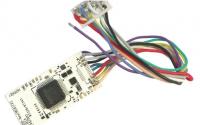
R7336 Hornby HM7000-8TXS: Bluetooth® & DCC Sound Decoder (8 Pin)
-
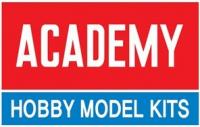
Academy Models
-

Accurascale
-

AFV Club
-

AIP by Bachmann
-

Airfix
-

Arnold
-

ATD Models
-
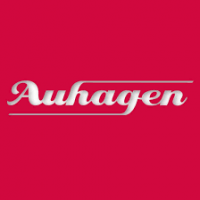
Auhagen
-

Bachmann
-

Bachmann Narrow Gauge
-
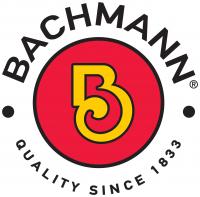
Bachmann USA
-
Barrie Stevenson
-

Bassett-Lowke
-

Berko
-

Busch
-

Cambrian
-

Clark Railworks
-

Corgi
-

Cornerstone
-

Dapol
-

DCC Concepts
-

Deluxe Materials
-

Dundas
-

Easy Model
-

Eckon
-

EFE Rail
-

EFE Road
-

Emhar
-

ESU
-
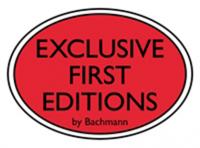
Exclusive First Editions
-

Faller
-

Fleischmann
-
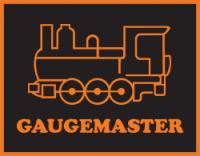
Gaugemaster
-

Gecko Models
-

Golden Valley Hobbies
-

Graham Farish
-

Greenlight Collectibles
-

Heljan
-

HK Models
-

Hornby
-

Hornby International
-

Hornby TT:120
-

Humbrol
-
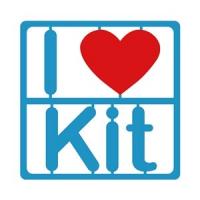
I Love Kit
-

Jouef
-
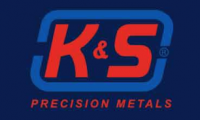
K&S Metals
-

Kadee
-

Kato
-
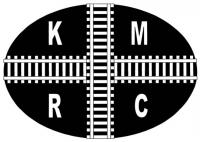
Kernow Models
-
Kestrel
-

Kibri
-

Lenz Digital
-
LightCraft
-

Liliput
-
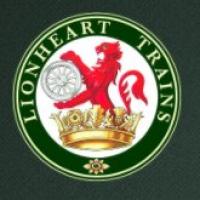
Lionheart Trains
-

Merit
-

Metcalfe
-

Middleton Press
-

Mirror Models
-
Miscellaneous
-

model scene
-

ModelMaker
-

Murphy Models
-

Noch
-

Oxford Diecast
-
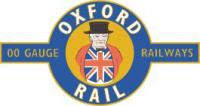
Oxford Rail
-
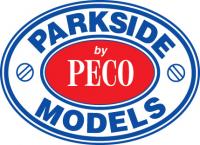
Parkside by Peco
-

PECO
-

Plastruct
-
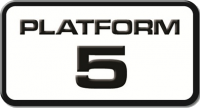
Platform 5
-

PM Model
-

Preiser
-

Proses
-
RailMatch
-
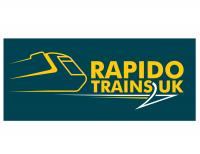
Rapido
-
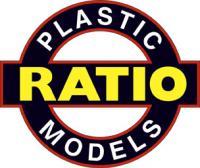
Ratio
-

Revell
-

Revolution Trains
-

Rivarossi
-

Roco
-
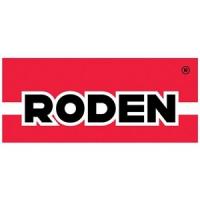
Roden
-

Scale Model Scenery
-

Scalextric
-
Shawplan
-

Slaters
-
Smiths
-

Springside
-
Star Tec
-
Strathwood
-

Superquick
-
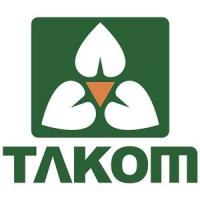
Takom
-
Taliesin
-
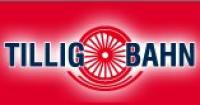
Tillig
-
Tiny Signs
-

Toyway
-
Tracksetta
-

Train-Tech
-

TrainSave
-
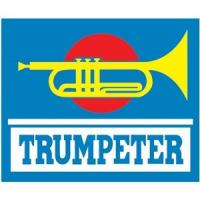
Trumpeter
-

Viessmann
-

Vollmer
-

Wills
-

Woodland Scenics
-

Xuron
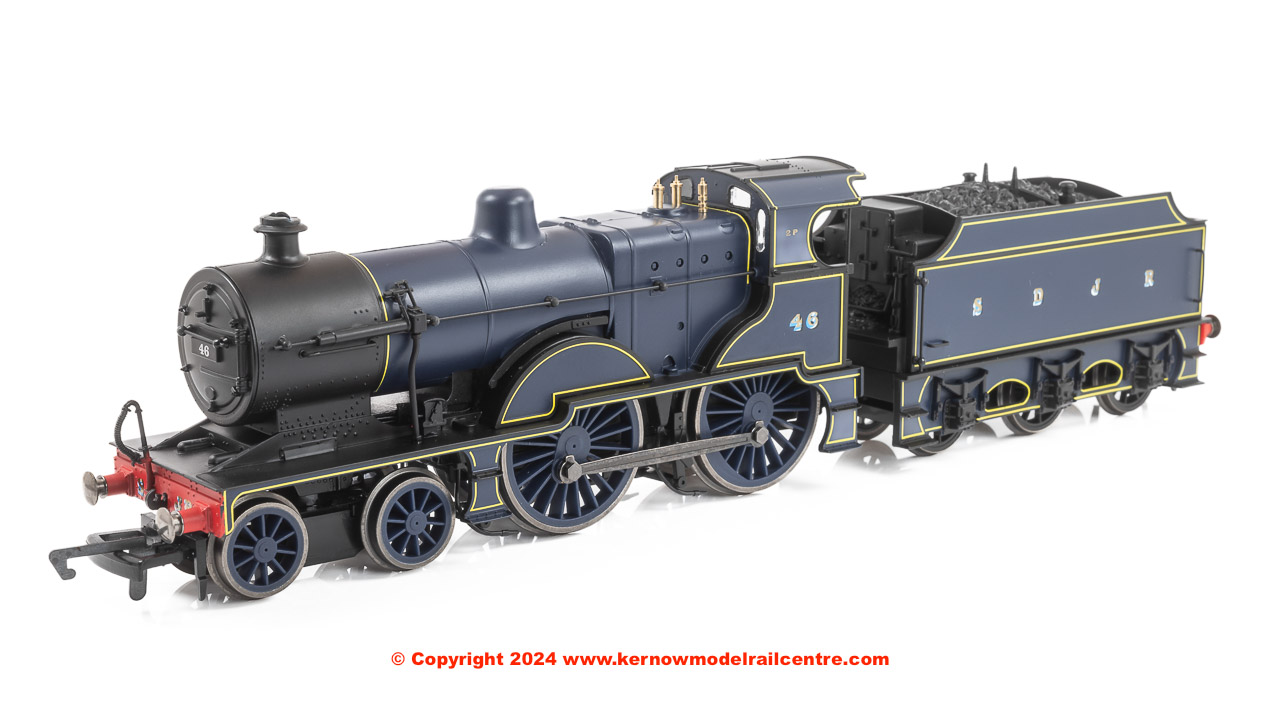
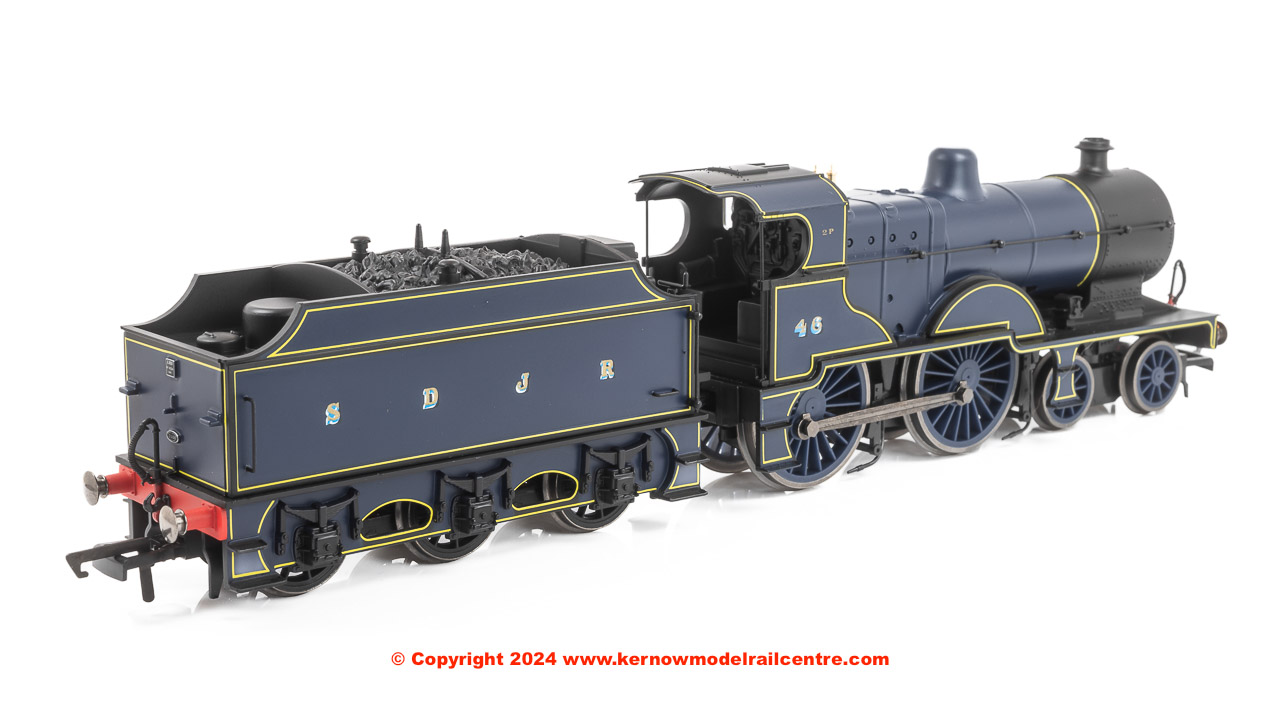
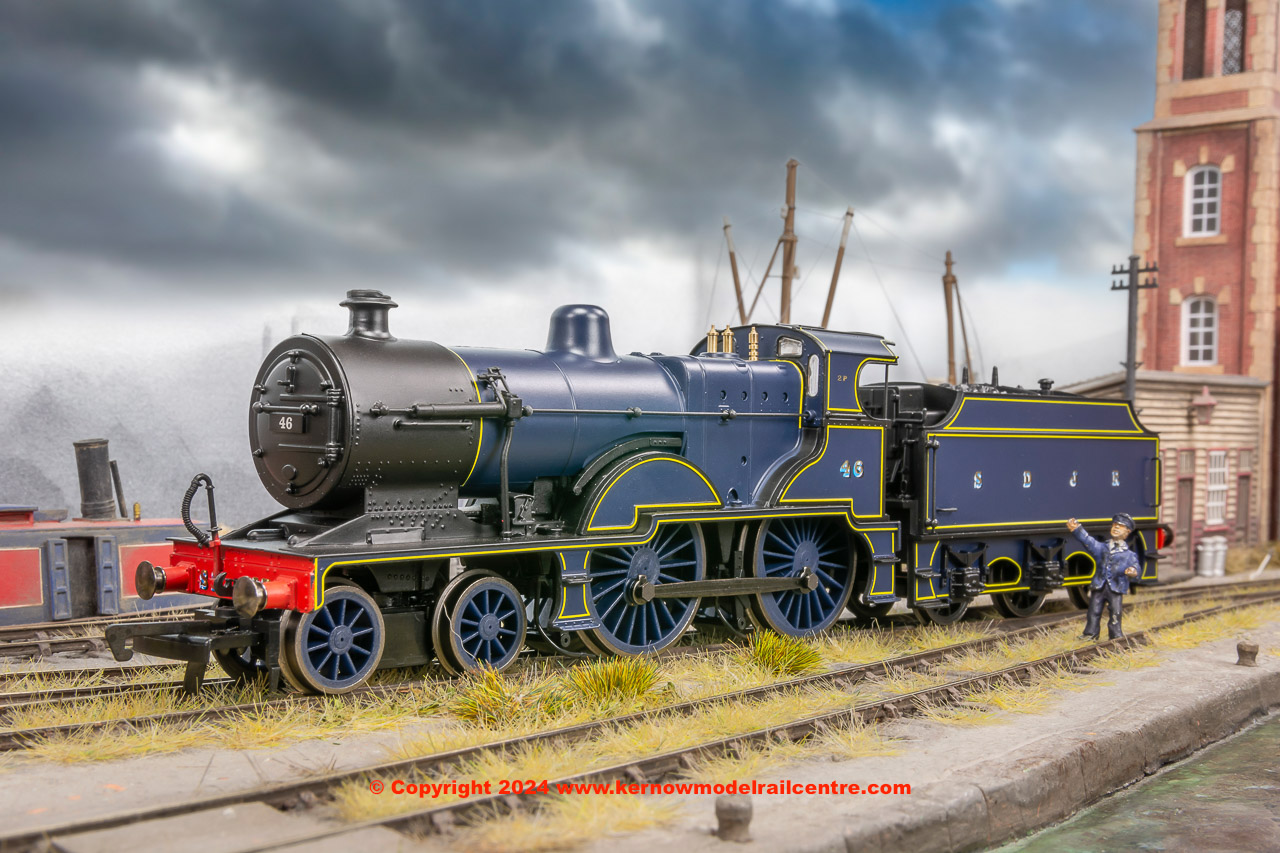
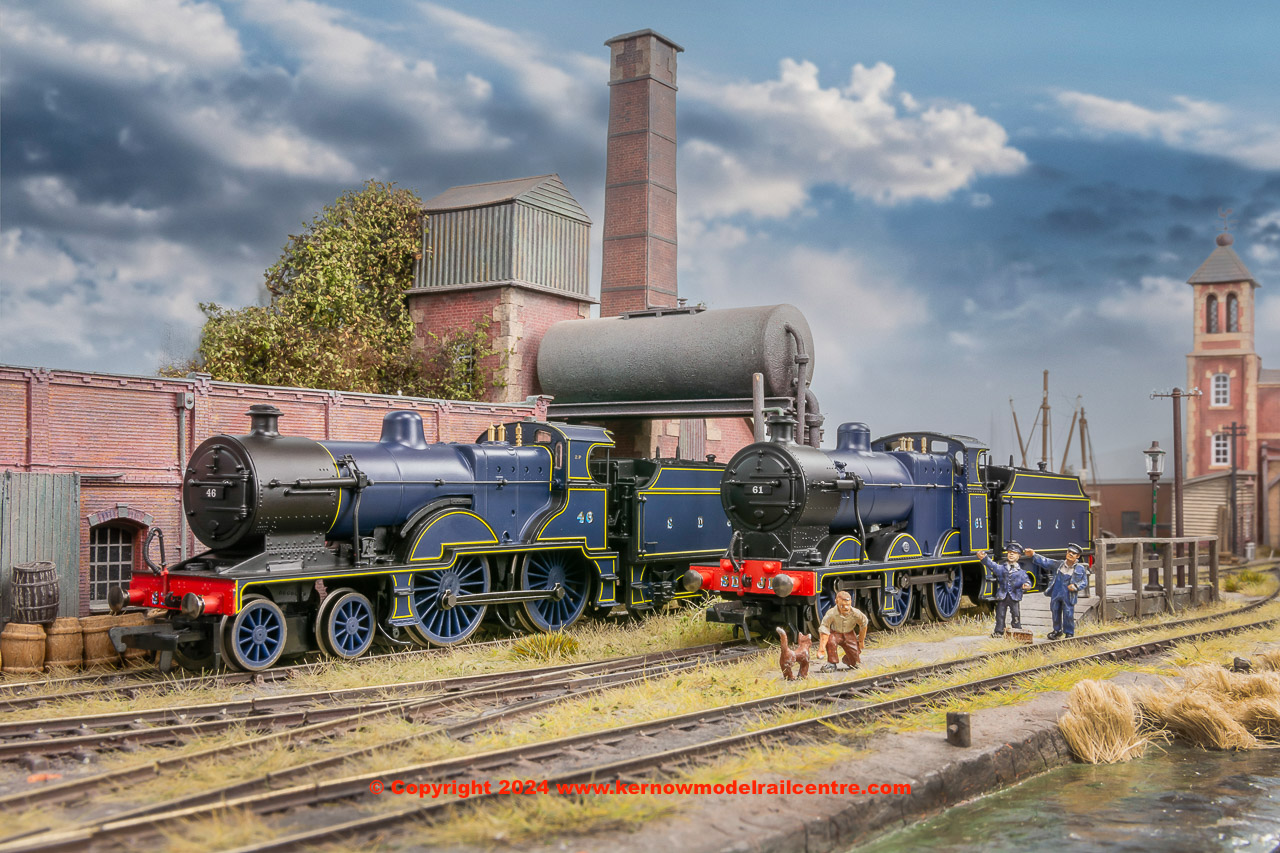

Connect with us socially

